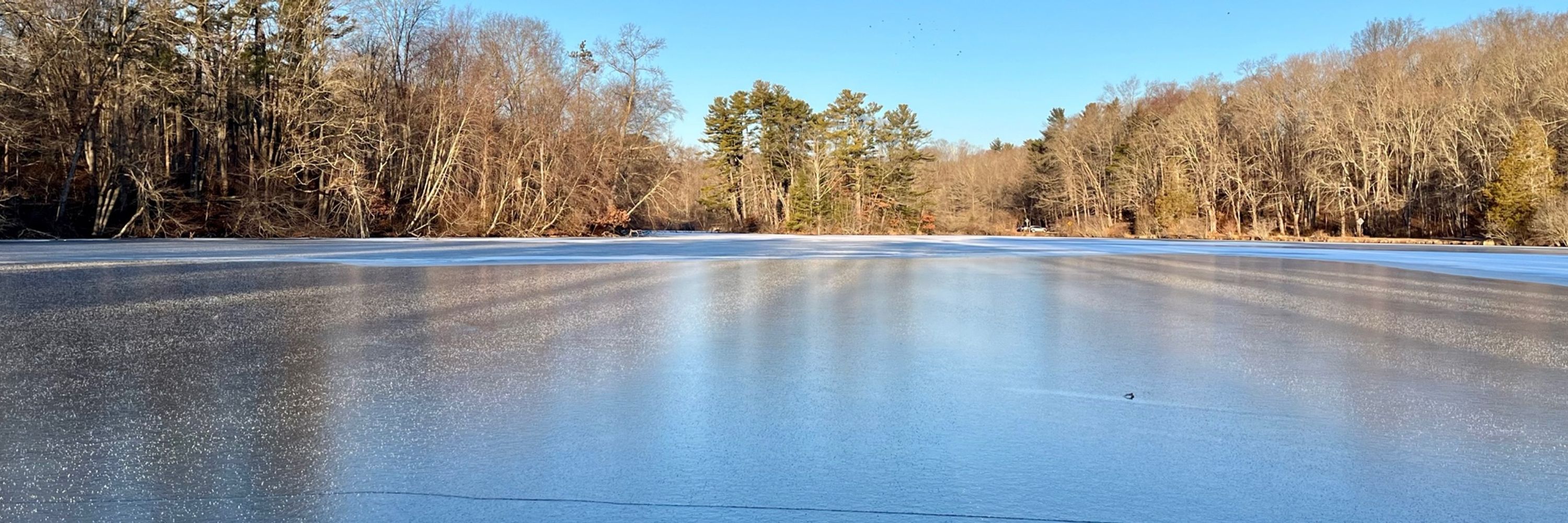
shawnferguson.bsky.social
@shawnferguson.bsky.social
Cell Biologist and Neuroscientist at Yale University. Outdoor explorer.
Reposted by shawnferguson.bsky.social
CRN Team De Camilli reveals a new molecular mechanism that regulates cystine efflux from lysosomes. This work is relevant to #Parkinsons research, as recent studies show JIP4 is downstream of LRRK2.
🔗 Read their #preprint: bit.ly/4l8zCkf
✏️ @shawnferguson.bsky.social @laylanassar.bsky.social
🔗 Read their #preprint: bit.ly/4l8zCkf
✏️ @shawnferguson.bsky.social @laylanassar.bsky.social

August 12, 2025 at 5:09 PM
CRN Team De Camilli reveals a new molecular mechanism that regulates cystine efflux from lysosomes. This work is relevant to #Parkinsons research, as recent studies show JIP4 is downstream of LRRK2.
🔗 Read their #preprint: bit.ly/4l8zCkf
✏️ @shawnferguson.bsky.social @laylanassar.bsky.social
🔗 Read their #preprint: bit.ly/4l8zCkf
✏️ @shawnferguson.bsky.social @laylanassar.bsky.social
Reposted by shawnferguson.bsky.social
📖Read the latest Advancing Research blog about the impact the @parkinsondotorg.bsky.social 2019 Research Center Award had on PD research at Yale University.
@schandralab.bsky.social
@shawnferguson.bsky.social
@pdc-lab.bsky.social
@yaleneuro.bsky.social
www.parkinson.org/blog/researc...
@schandralab.bsky.social
@shawnferguson.bsky.social
@pdc-lab.bsky.social
@yaleneuro.bsky.social
www.parkinson.org/blog/researc...

From Parkinson’s Foundation Research Center to Powerhouse: How Yale Became a Leader in Parkinson’s Science
www.parkinson.org
July 30, 2025 at 2:31 PM
📖Read the latest Advancing Research blog about the impact the @parkinsondotorg.bsky.social 2019 Research Center Award had on PD research at Yale University.
@schandralab.bsky.social
@shawnferguson.bsky.social
@pdc-lab.bsky.social
@yaleneuro.bsky.social
www.parkinson.org/blog/researc...
@schandralab.bsky.social
@shawnferguson.bsky.social
@pdc-lab.bsky.social
@yaleneuro.bsky.social
www.parkinson.org/blog/researc...
Connecticut cactus flower season 🌵

June 27, 2025 at 12:55 AM
Connecticut cactus flower season 🌵
Carbide Wilson ruins.
Gatineau Park, Quebec
Gatineau Park, Quebec
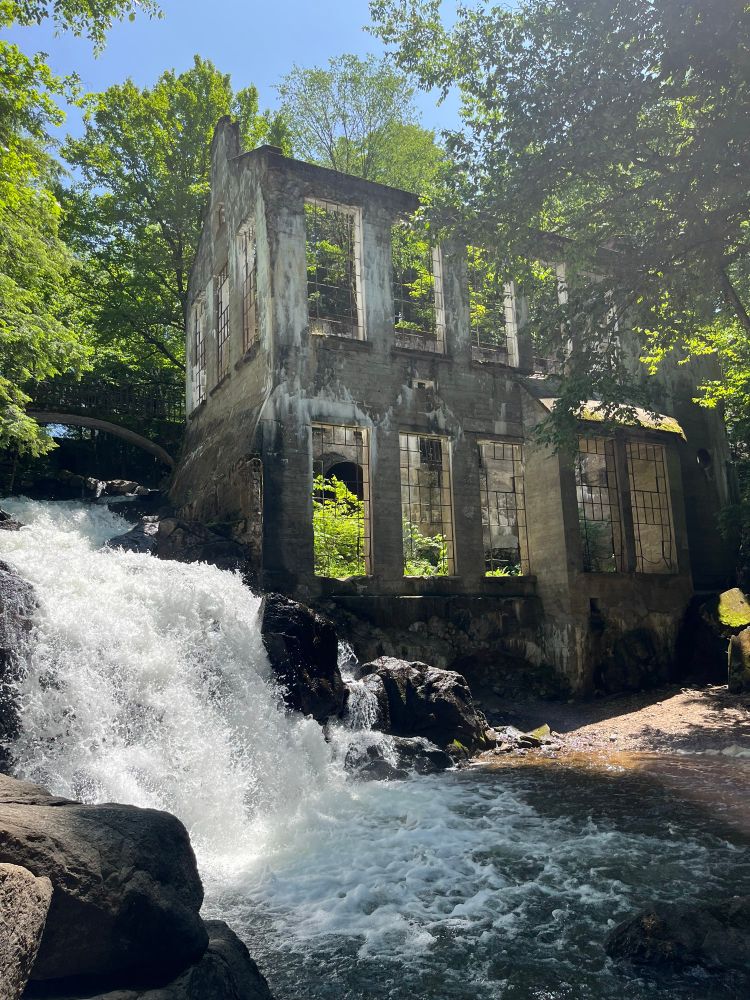
June 23, 2025 at 2:17 AM
Carbide Wilson ruins.
Gatineau Park, Quebec
Gatineau Park, Quebec
Exploring Waterville Valley, NH


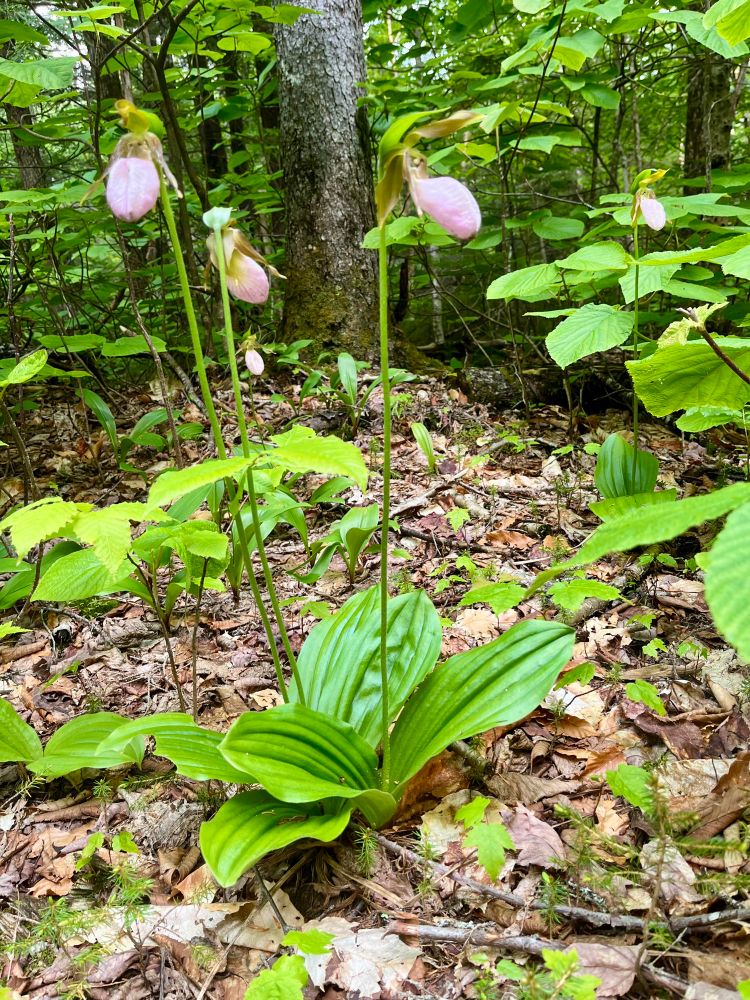
June 15, 2025 at 6:48 PM
Exploring Waterville Valley, NH
I am excited to share our new preprint! Led by @laylanassar.bsky.social , we have found a new JIP4-dependent mechanism that controls the efflux of cystine from lysosomes. Our findings have implications for both lysosome biology and human disease: doi.org/10.1101/2025...

JIP4 deficiency causes a novel lysosome storage disease arising from impaired cystine efflux
Lysosomes break down macromolecules, clear cellular waste and recycle nutrients such as cystine. We describe a novel mechanism whereby JIP4 regulates lysosomal cystine storage by controlling the abundance of cystinosin (CTNS), the transporter responsible for lysosomal cystine efflux. To this end, JIP4, previously characterized as a motor adaptor and kinase signaling scaffold, suppresses TMEM55B-dependent ubiquitylation of CTNS. Loss of JIP4 reduces CTNS protein levels, leading to lysosomal cystine accumulation and lysosomal storage defects that phenocopy loss of CTNS in both human cells and the renal proximal tubules of JIP4 knockout mice. These phenotypes mirror cystinosis, the lysosomal storage disease caused by CTNS loss-of-function. Our findings thus reveal a fundamental process that controls the efflux of lysosomal cystine and has relevance to understanding human disease arising from JIP4 mutations. ### Competing Interest Statement The authors have declared no competing interest. NIH, AG085824, AG062210, R35GM150619 Michael J. Fox Foundation, https://ror.org/03arq3225, ASAP-000580
doi.org
June 9, 2025 at 1:35 PM
I am excited to share our new preprint! Led by @laylanassar.bsky.social , we have found a new JIP4-dependent mechanism that controls the efflux of cystine from lysosomes. Our findings have implications for both lysosome biology and human disease: doi.org/10.1101/2025...
Reposted by shawnferguson.bsky.social
Multiple recent studies, including 3 impressive natural experiments, consistently show a link between Shingles vaccines and reduced dementia. This week a nationwide S Korea study added a reduction of cardiovascular events
My summary Table. More here on dementia erictopol.substack.com/p/the-shingl...
My summary Table. More here on dementia erictopol.substack.com/p/the-shingl...

May 11, 2025 at 9:27 PM
Multiple recent studies, including 3 impressive natural experiments, consistently show a link between Shingles vaccines and reduced dementia. This week a nationwide S Korea study added a reduction of cardiovascular events
My summary Table. More here on dementia erictopol.substack.com/p/the-shingl...
My summary Table. More here on dementia erictopol.substack.com/p/the-shingl...
Pink lady slipper orchid

May 11, 2025 at 5:21 PM
Pink lady slipper orchid
Reposted by shawnferguson.bsky.social
Fantastic new study from Raphael Rodriguez' lab shows that induced proximity concepts can be used to induce Ferroptosis! Inducing proximity of lysosomal iron and lipids induces lipid peroxidation! What a cool concept! Have a look at our News/Views with @olzmannlab.bsky.social shorturl.at/cbc8D
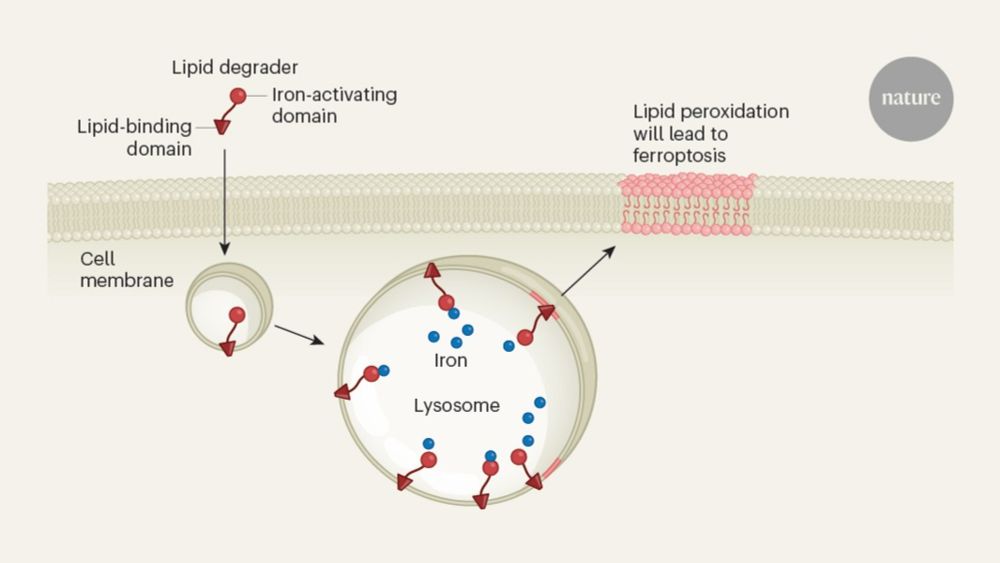
Lipid-degrading small molecule kills cancer cells by ferroptosis
A molecule designed to activate iron locked up in organelles called lysosomes and thereby induce cell death might offer a way to tackle treatment-resistant cancer.
shorturl.at
May 8, 2025 at 1:17 AM
Fantastic new study from Raphael Rodriguez' lab shows that induced proximity concepts can be used to induce Ferroptosis! Inducing proximity of lysosomal iron and lipids induces lipid peroxidation! What a cool concept! Have a look at our News/Views with @olzmannlab.bsky.social shorturl.at/cbc8D
Here’s a new set of discoveries led by Francesca Filippini: doi.org/10.1101/2025...
We found that LRP10 promotes the efficient delivery of progranulin to lysosomes and that microglia are particularly sensitive to loss of LRP10.
We found that LRP10 promotes the efficient delivery of progranulin to lysosomes and that microglia are particularly sensitive to loss of LRP10.

LRP10 promotes trafficking of progranulin and prosaposin to lysosomes
Mutations in LRP10, a low-density lipoprotein receptor family member, cause familial Parkinson's disease and dementia with Lewy bodies. However, its direct cellular functions remain largely undefined....
doi.org
May 3, 2025 at 5:02 PM
Here’s a new set of discoveries led by Francesca Filippini: doi.org/10.1101/2025...
We found that LRP10 promotes the efficient delivery of progranulin to lysosomes and that microglia are particularly sensitive to loss of LRP10.
We found that LRP10 promotes the efficient delivery of progranulin to lysosomes and that microglia are particularly sensitive to loss of LRP10.
Reposted by shawnferguson.bsky.social
LRP10 promotes trafficking of progranulin and prosaposin to lysosomes https://www.biorxiv.org/content/10.1101/2025.05.02.651888v1
May 3, 2025 at 2:30 PM
LRP10 promotes trafficking of progranulin and prosaposin to lysosomes https://www.biorxiv.org/content/10.1101/2025.05.02.651888v1
Reposted by shawnferguson.bsky.social
☕Wang et al. show the recruitment of the #lipid channel protein VPS13C and formation of VPS13C-dependent contacts between endoplasmic reticulum and #lysosomes after lysosomal damage.
bit.ly/4jT01lz
bit.ly/4jT01lz
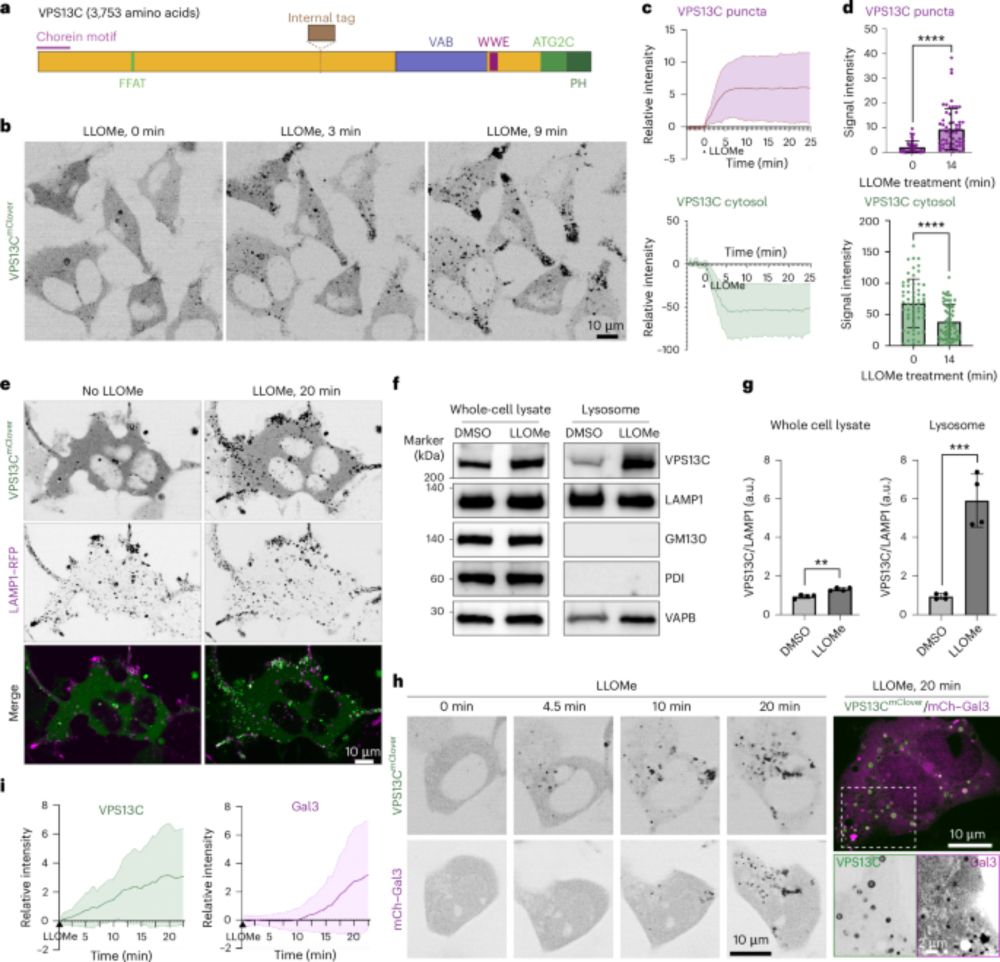
The bridge-like lipid transport protein VPS13C/PARK23 mediates ER–lysosome contacts following lysosome damage - Nature Cell Biology
Wang et al. show the recruitment of the lipid channel protein VPS13C and formation of VPS13C-dependent contacts between endoplasmic reticulum and lysosomes after lysosomal damage.
bit.ly
May 1, 2025 at 6:35 AM
☕Wang et al. show the recruitment of the #lipid channel protein VPS13C and formation of VPS13C-dependent contacts between endoplasmic reticulum and #lysosomes after lysosomal damage.
bit.ly/4jT01lz
bit.ly/4jT01lz
Reposted by shawnferguson.bsky.social
Antibodies don't work.
NLRP3 is by far the most studied inflammasome — yet <30% of commercial antibodies were specific.
Only 4 of 14 tested antibodies detected NLRP3 specifically.
Antibodies must be validated before use.
Full report by @ycharos.bsky.social : zenodo.org/records/1162...
NLRP3 is by far the most studied inflammasome — yet <30% of commercial antibodies were specific.
Only 4 of 14 tested antibodies detected NLRP3 specifically.
Antibodies must be validated before use.
Full report by @ycharos.bsky.social : zenodo.org/records/1162...

April 30, 2025 at 6:15 AM
Antibodies don't work.
NLRP3 is by far the most studied inflammasome — yet <30% of commercial antibodies were specific.
Only 4 of 14 tested antibodies detected NLRP3 specifically.
Antibodies must be validated before use.
Full report by @ycharos.bsky.social : zenodo.org/records/1162...
NLRP3 is by far the most studied inflammasome — yet <30% of commercial antibodies were specific.
Only 4 of 14 tested antibodies detected NLRP3 specifically.
Antibodies must be validated before use.
Full report by @ycharos.bsky.social : zenodo.org/records/1162...
Springtime forest friend

April 27, 2025 at 3:48 PM
Springtime forest friend
Reposted by shawnferguson.bsky.social
📄Shoutout to our 2019 Research Center awardees at Yale (@pdc-lab.bsky.social, @shawnferguson.bsky.social) for their new publication on the bridge-like lipid transport protein VPS13C/PARK23 mediates ER–lysosome contacts following lysosome damage:
www.nature.com/articles/s41...
www.nature.com/articles/s41...
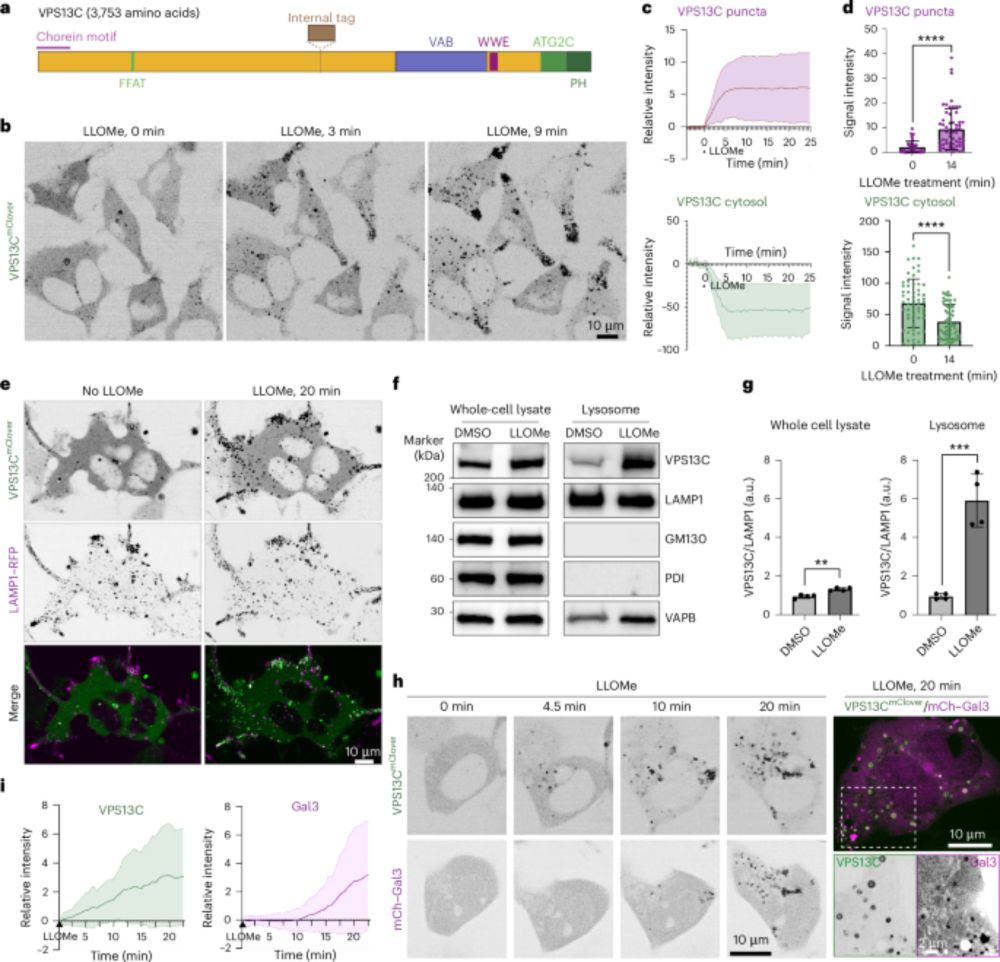
The bridge-like lipid transport protein VPS13C/PARK23 mediates ER–lysosome contacts following lysosome damage - Nature Cell Biology
Wang et al. show the recruitment of the lipid channel protein VPS13C and formation of VPS13C-dependent contacts between endoplasmic reticulum and lysosomes after lysosomal damage.
www.nature.com
April 22, 2025 at 3:36 PM
📄Shoutout to our 2019 Research Center awardees at Yale (@pdc-lab.bsky.social, @shawnferguson.bsky.social) for their new publication on the bridge-like lipid transport protein VPS13C/PARK23 mediates ER–lysosome contacts following lysosome damage:
www.nature.com/articles/s41...
www.nature.com/articles/s41...
Reposted by shawnferguson.bsky.social
Earlier this month I had the honor of interviewing Dr. Zoncu @robzonculab.bsky.social during his visit to Yale. It was so inspiring- and also fun! Here is a link: medicine.yale.edu/cellbio/news...

Meet our Speakers: Dr. Roberto Zoncu
As a scientist, starting from my postdoc and continuing in my own lab, we have helped redefine the role of the lysosome. Historically, it was considered a
medicine.yale.edu
April 19, 2025 at 1:00 AM
Earlier this month I had the honor of interviewing Dr. Zoncu @robzonculab.bsky.social during his visit to Yale. It was so inspiring- and also fun! Here is a link: medicine.yale.edu/cellbio/news...
Reposted by shawnferguson.bsky.social
In a new @naturecellbiology.bsky.social paper, @pdc-lab.bsky.social, @xinbowang.bsky.social, & @shawnferguson.bsky.social found that proteins VPS13C & LRRK2 react to lysosomal damage to repair it— an inability to repair damaged lysosomes may be one mechanism that contributes to Parkinson’s disease 🧠
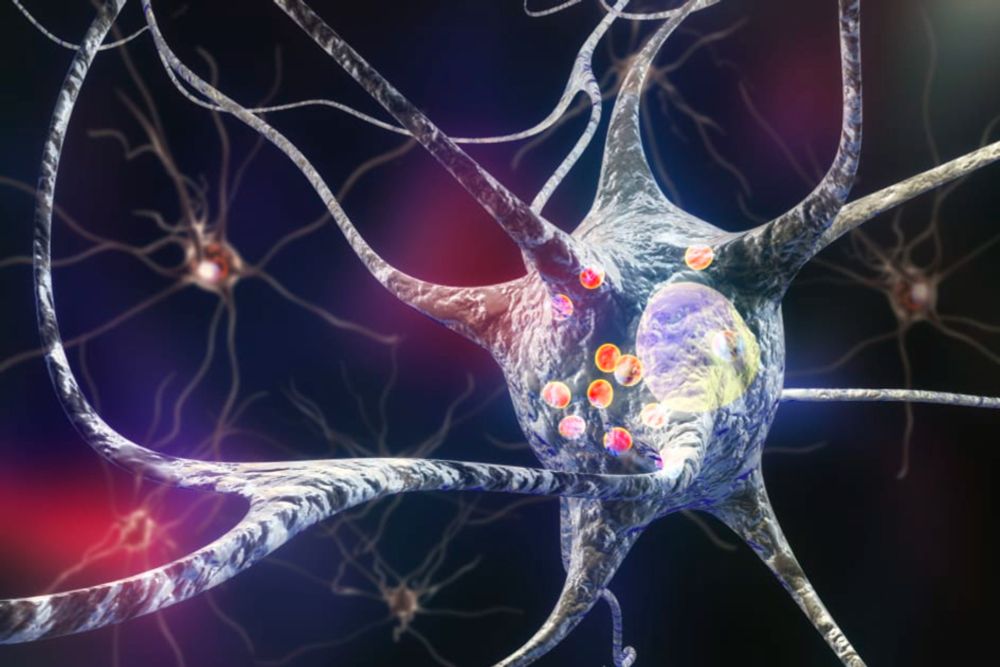
Damaged Cell ‘Trash Cans’ May Contribute to Parkinson’s Disease
A new study on a gene called VPS13C adds to growing evidence that lysosomal dysfunction may be one mechanism through which Parkinson’s disease arises.
medicine.yale.edu
April 16, 2025 at 3:53 PM
In a new @naturecellbiology.bsky.social paper, @pdc-lab.bsky.social, @xinbowang.bsky.social, & @shawnferguson.bsky.social found that proteins VPS13C & LRRK2 react to lysosomal damage to repair it— an inability to repair damaged lysosomes may be one mechanism that contributes to Parkinson’s disease 🧠
Reposted by shawnferguson.bsky.social
"The bridge-like lipid transport protein VPS13C/PARK23 mediates ER–lysosome contacts following lysosome damage" out now in Nature Cell Biology
rdcu.be/ehbaL
rdcu.be/ehbaL
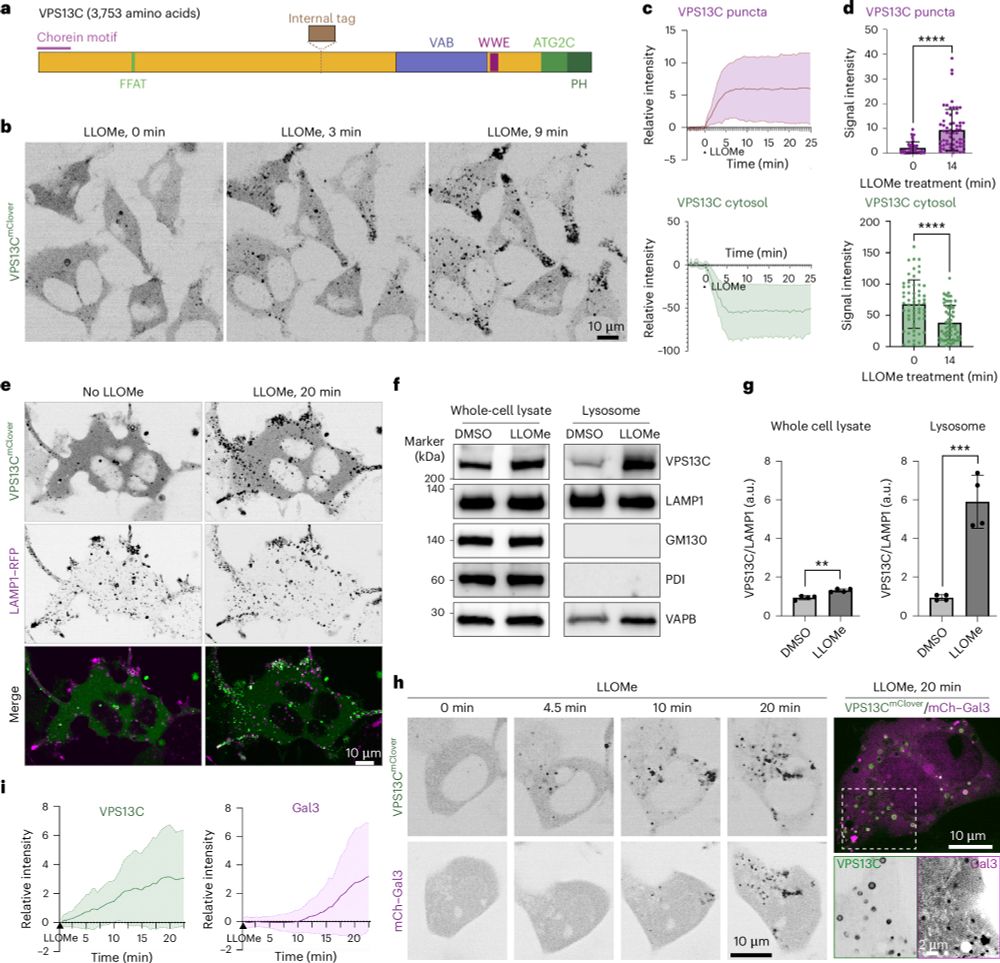
The bridge-like lipid transport protein VPS13C/PARK23 mediates ER–lysosome contacts following lysosome damage
Nature Cell Biology - Wang et al. show the recruitment of the lipid channel protein VPS13C and formation of VPS13C-dependent contacts between endoplasmic reticulum and lysosomes after lysosomal...
rdcu.be
April 10, 2025 at 2:17 PM
"The bridge-like lipid transport protein VPS13C/PARK23 mediates ER–lysosome contacts following lysosome damage" out now in Nature Cell Biology
rdcu.be/ehbaL
rdcu.be/ehbaL
Reposted by shawnferguson.bsky.social
Thanks for amplifying the excellent work spearheaded by Rebecca Wallings & team on roles of #Gpnmb & #Grn in peripheral immune cell function
New paper from @malutansey.bsky.social et al finds GPNMB has a regulatory effect on multiple immune effector functions; They report "therapeutic strategies inhibiting GPNMB levels &/or activity may worsen the effects of GRN deficiency"
molecularneurodegeneration.biomedcentral.com/articles/10....
molecularneurodegeneration.biomedcentral.com/articles/10....



April 12, 2025 at 3:01 AM
Reposted by shawnferguson.bsky.social
Our lab at the NIH (Bethesda, MD) is looking for postdoctoral fellows to join our team studying the molecular mechanisms of protein trafficking and their links to neurodevelopmental disorders starting on or after 10-1-2025. Send your application to juan.bonifacino@nih.gov. Please share and repost!

April 13, 2025 at 4:37 PM
Our lab at the NIH (Bethesda, MD) is looking for postdoctoral fellows to join our team studying the molecular mechanisms of protein trafficking and their links to neurodevelopmental disorders starting on or after 10-1-2025. Send your application to juan.bonifacino@nih.gov. Please share and repost!
Springtime in Boston

April 13, 2025 at 3:37 AM
Springtime in Boston
Reposted by shawnferguson.bsky.social
“The results provide some of the strongest evidence yet that some viral infections can have effects on brain function years later and that preventing them can help stave off cognitive decline…
“If you’re reducing the risk of dementia by 20 percent, that’s quite important in a public health context”
“If you’re reducing the risk of dementia by 20 percent, that’s quite important in a public health context”

Shingles Vaccine Can Decrease Risk of Dementia, Study Finds
A growing body of research suggests that preventing the viral infection can help stave off cognitive decline.
www.nytimes.com
April 3, 2025 at 11:23 PM
“The results provide some of the strongest evidence yet that some viral infections can have effects on brain function years later and that preventing them can help stave off cognitive decline…
“If you’re reducing the risk of dementia by 20 percent, that’s quite important in a public health context”
“If you’re reducing the risk of dementia by 20 percent, that’s quite important in a public health context”


